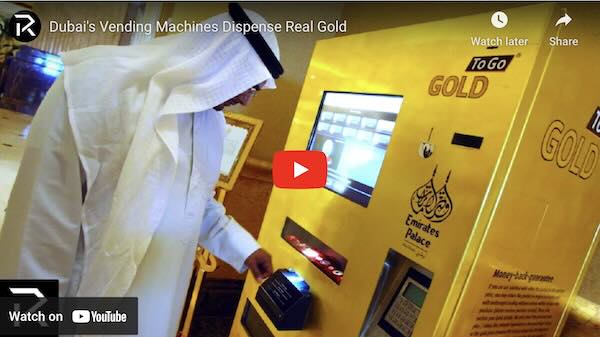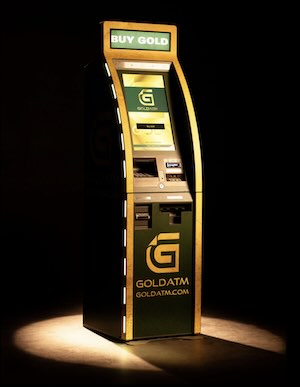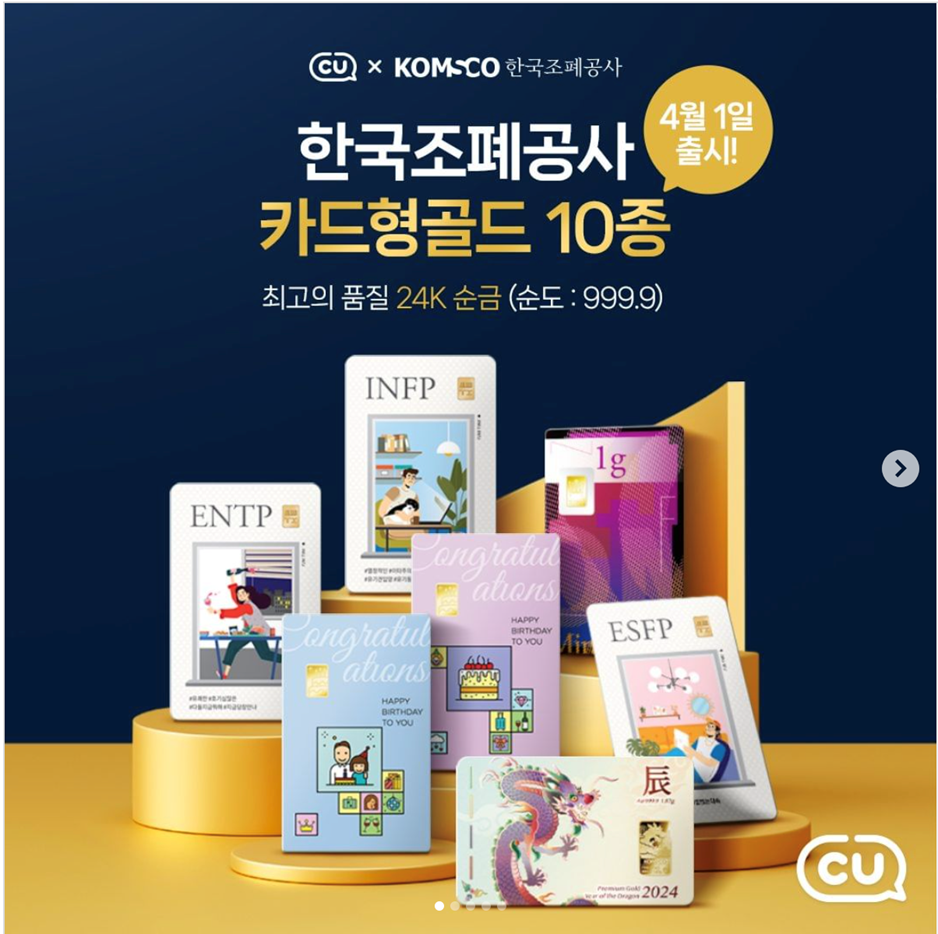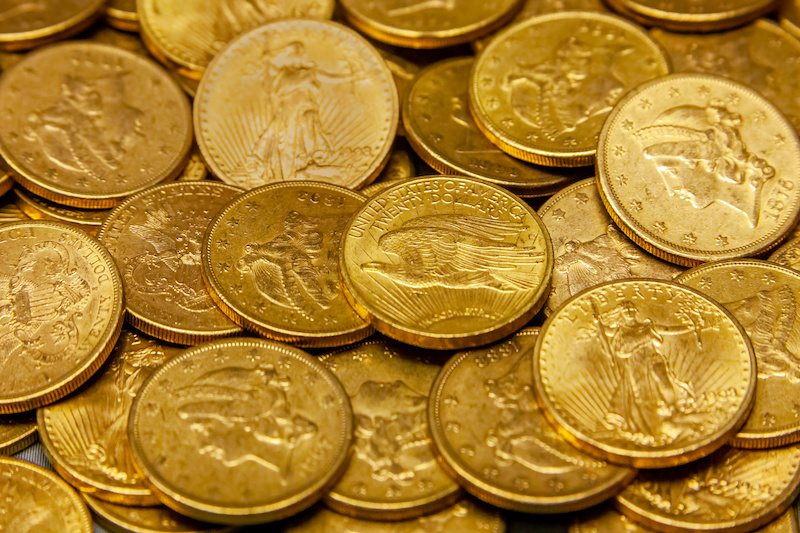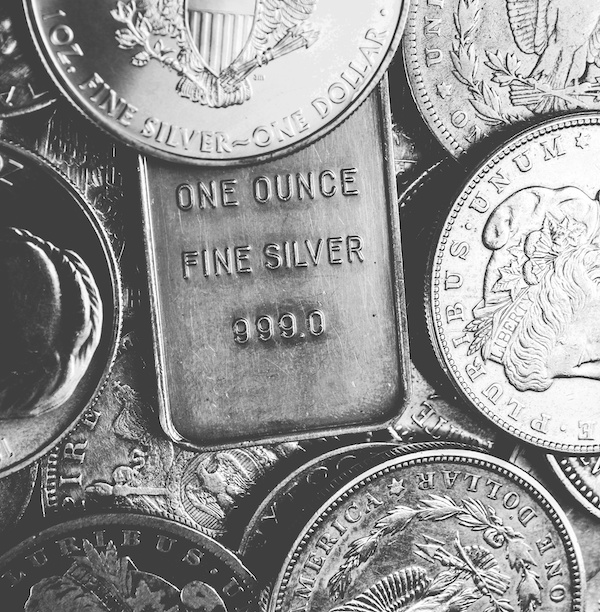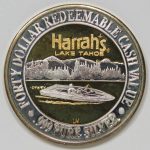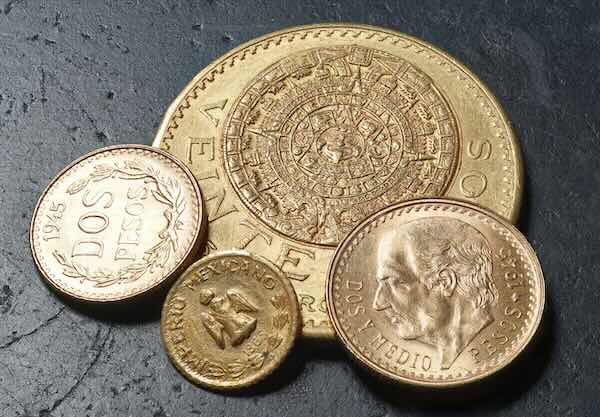Goldbacks are a modern innovation in tangible currency that combines the intrinsic value of gold with practical usability. For collectors and investors alike, they offer a fascinating intersection of history, finance, and innovation. The introduction of Goldback ATMs in Florida further expands their availability.
What Are Goldbacks?
Goldbacks are a private currency made from thin layers of 24-karat gold embedded in a polymer substrate. They are durable, visually appealing, and available in various denominations, ranging from 1/1000th to 1/20th of an ounce of gold.
Recognized as a “Specie Legal Tender” in states such as Utah, Nevada, New Hampshire, Wyoming, Florida, and South Dakota, Goldbacks provide an inflation-resistant alternative to fiat currency.
Goldback ATMs: Expanding Access
GoldATM recently launched its first Goldback ATM location in Florida, located at the Sawgrass Mills Mall in Sunrise within Bloomingdale’s store. This machine allows users to exchange cash for goldback securely and efficiently.
In addition to Florida, GoldATM has established machines in key states where Goldbacks are recognized as legal tender:
- Utah: As the birthplace of Goldbacks, Utah hosts several ATMs in retail locations, including convenience stores and supermarkets.
- Nevada: GoldATM machines can be found in cities like Las Vegas, a hub for collectors and tourists alike.
The strategic placement of these ATMs makes Goldbacks accessible to a wider audience, encouraging their use as both a collectible and an investment tool.
Where Else are Goldbacks For Sale?
You can find Goldbacks for sale online from a variety of trusted and reputable online dealers, as well as various online marketplaces like WhatNot and eBay. Be sure to check seller and dealer ratings and feedback to be sure you’re buying from a reputable source.
FindBullionPrices.com can help you compare online dealer prices for Florida Goldback Foil Notes:
